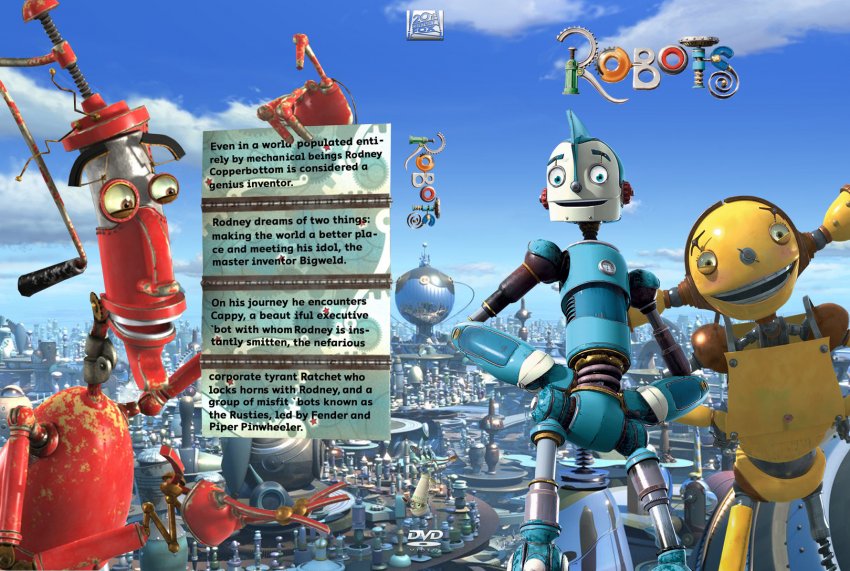Pigeon-inspired robot could change the game for drone flight Posted January 23, 2020 A team of researchers from Stanford University have developed a winged robot that mimics the way birds fly.
Pigeon Robot Game Play
© Provided by BGR ezgif-6-7efcfb053471Most of us see birds every day. Go look outside your nearest window and chances are you’re not going to have to wait long before you spot a feathered friend cruising by. Despite that, scientists have long struggled with replicating the flight mechanics that birds are naturally blessed with.
Building a “bird robot” that flies with fixed wings is easy enough, but creating something that bends and flaps its wings like a real animal is surprisingly difficult. Now, a team of researchers has taken a huge step toward achieving that lofty goal with a new artificial avian aptly named PigeonBot.
So, how do you go about replicating the wings of a pigeon? You use real pigeon wings, of course! The researchers, who describe their work in a new paper published in Science Robotics, took an “if it ain’t broke, don’t fix it” approach to constructing the PigeonBot.
They built wings that bend in two places, closely resembling the wings of actual birds, carefully noting the angles at which real bird wings move during flight. Then, rather than trying to beat nature at its own game, they used real, actual pigeon feathers (taken from deceased birds, of course) to fill in the wings.
The aim of the project wasn’t to just create lifelike bird bots that scientists could send into the skies for fun, but rather to give researchers an easier way to study how the wings of a pigeon work to keep it aloft. That plan has apparently worked splendidly, as a second study using the robotic wings revealed one of the secrets of how pigeon wings move during flight.
The researchers in that study, published in Science, explain that the feathers themselves have “hooks” that latch on to neighboring feathers as the bird flaps its wings. These hooks are so small that you can’t see them with the naked eye, but they were revealed using microscope technology.

Pigeon Robot Game Free
Sign up for BGR's Newsletter. For the latest news, follow us on Facebook, Twitter, and Instagram.
Pigeon Robot Game Show
- Tzafestas, S., Dalamagkidis, K., Piegl, L., Valavanis, K.: On Integrating Unmanned Aircraft Systems into the National Airspace System. ISCA 2009, vol. 36. Springer, Dordrecht (2009). https://doi.org/10.1007/978-1-4020-8672-4CrossRefGoogle Scholar
- Duan, H., Qiao, P.: Pigeon-inspired optimization: a new swarm intelligence optimizer for air robot path planning. Int. J. Intell. Comput. Cybern. 7, 24–37 (2014)MathSciNetCrossRefGoogle Scholar
- Xu, X., Deng, Y.: UAV power component-DC brushless motor design with merging adjacent-disturbances and integrated-dispatching pigeon-inspired optimization. IEEE Trans. Magn. 54, 1–7 (2018)CrossRefGoogle Scholar
- Duan, H., Wang, X.: Echo state networks with orthogonal pigeon-inspired optimization for image restoration. IEEE Trans. Neural Netw. Learn. Syst. 27, 2413–2425 (2016)MathSciNetCrossRefGoogle Scholar
- Zhang, B., Duan, H.: Three-dimensional path planning for uninhabited combat aerial vehicle based on predator-prey pigeon-inspired optimization in dynamic environment. IEEE/ACM Trans. Comput. Biol. Bioinf. 14, 97–107 (2017)CrossRefGoogle Scholar
- Duan, H., Qiu, H., Fan, Y.: Unmanned aerial vehicle close formation cooperative control based on predatory escaping pigeon-inspired optimization. Scientia Sinica Technologica 45, 559–572 (2015)Google Scholar
- Harsanyi, J.: Games with randomly disturbed payoffs: a new rationale for mixed-strategy equilibrium points. Int. J. Game Theory 2, 1–23 (1973)MathSciNetCrossRefGoogle Scholar
- Ungureanu, V.: Sets of Nash equilibria in polymatrix mixed-strategy games. Pareto-Nash-Stackelberg Game and Control Theory. SIST, vol. 89, pp. 57–81. Springer, Cham (2018). https://doi.org/10.1007/978-3-319-75151-1_3CrossRefGoogle Scholar
- Sandholm, W.: Evolutionary game theory. In: Computational Complexity, pp. 1000–1029 (2012)CrossRefGoogle Scholar
- Smith, J.: Evolution and the Theory of Games. Cambridge University Press, Cambridge (1982)CrossRefGoogle Scholar